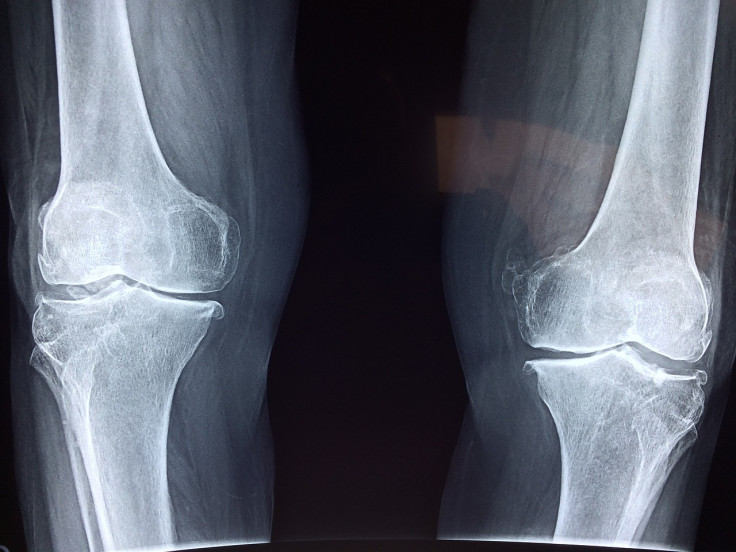Charting the Course: Innovations and Treatments in the Field of Orthopaedics
Orthopaedics, a medical speciality focused on the musculoskeletal system, is a cornerstone of healthcare services worldwide. Leading orthopaedic clinics provide treatments spanning the gamut from surgical interventions to non-invasive therapies, addressing conditions related to bones, joints, muscles, and ligaments. The American Academy of Orthopaedic Surgeons estimates that around 6.8 million individuals in the United States come into contact with an orthopaedic specialist each year. Furthermore, according to the World Health Organization, musculoskeletal conditions, such as fractures, arthritis, and back and neck pain, affect more than 1.7 billion people globally.

Novel Approaches: The Rise of Minimally Invasive Surgery
The evolution of orthopaedic surgery over the years has seen a trend towards minimally invasive procedures. Unlike traditional open surgeries, these procedures utilize small incisions and specialized surgical instruments, reducing damage to surrounding tissues. This approach typically results in quicker recovery times, less post-operative pain, and reduced scarring. One of the most common minimally invasive procedures in orthopaedics is arthroscopy, used to diagnose and treat conditions within joints, especially the knee and shoulder.
Prosthetics and Orthotics: Enhancing Mobility and Function
Orthopaedics plays a significant role in the field of prosthetics and orthotics, helping patients regain their mobility and functionality after the loss of a limb or in cases of physical impairment. Prosthetics involves the use of artificial limbs (prostheses) to enhance mobility, while orthotics involves braces or inserts used to align, support, or correct deformities. Advanced technologies, like 3D printing and machine learning, are reshaping the design and functionality of these aids, contributing to better patient outcomes.
Regenerative Medicine: The Future of Orthopaedics?
Regenerative medicine, a rapidly advancing and promising field in orthopaedics, focuses on regenerating damaged tissues and organs in the body by stimulating the body's own repair mechanisms. Treatments such as stem cell therapy, platelet-rich plasma injections, and tissue engineering are being explored for their potential in treating a variety of orthopaedic conditions, including osteoarthritis, sports injuries, and degenerative disc disease.
Physiotherapy: A Pillar of Non-Surgical Orthopaedic Care
For many orthopaedic conditions, surgery is not the first line of treatment. Physiotherapy, a crucial component of non-surgical orthopaedic care, uses techniques such as exercise, manipulation, and massage to improve mobility, relieve pain, and restore function. A study in the Journal of Orthopaedic & Sports Physical Therapy indicated that early physiotherapy intervention for low back pain significantly reduced the need for prescription medication and imaging tests.
The Multidisciplinary Approach: Collaborative Care in Orthopaedics
Leading orthopaedic clinics are increasingly adopting a multidisciplinary approach to patient care. This involves collaboration between orthopaedic surgeons, rheumatologists, physiotherapists, and other medical professionals to provide comprehensive care tailored to the individual patient's needs. This collaborative approach has been shown to improve patient outcomes and satisfaction rates.
In conclusion, the field of orthopaedics is rapidly advancing, with constant innovations in surgical procedures, assistive devices, and regenerative treatments. As we move into the future, the focus on patient-centred care and the increasing integration of technology promises to revolutionize orthopaedic care.



























